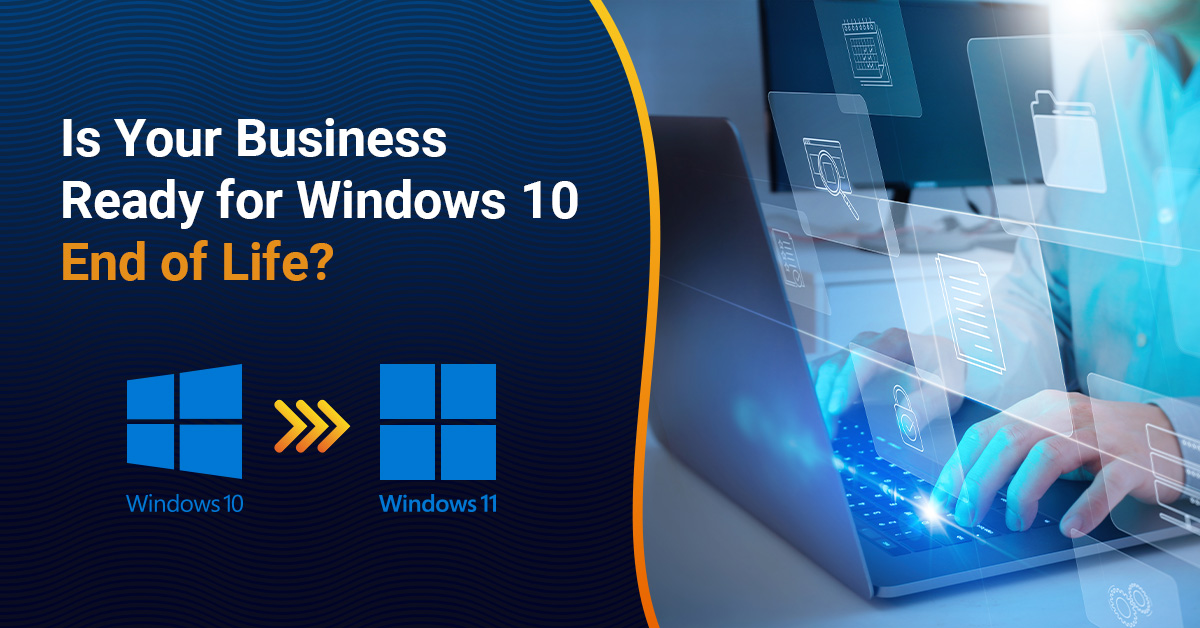Malware Menace: Navigating the Landscape of Malicious Software

In the ever-evolving landscape of cybersecurity, malware stands as one of the most pervasive and destructive.
Malware, short for malicious software, refers to any software intentionally designed to cause damage to a computer, server, client, or computer network. Malware comes in various forms, each with unique traits and damage capabilities, including viruses, worms, trojans, ransomware, and spyware.
How it Works

Infection
Malware can infect systems through email attachments, software downloads, operating system vulnerabilities, or physically via USB drives.

Execution
Once inside the system, malware can execute various malicious activities, from destroying data and stealing information to hijacking core computing functions.

Propagation
Some malware is designed to spread across networks, infecting other devices and escalating the scale of damage.
Employees are Your First Line of Defense
One significant concern is the potential for employees to inadvertently fall prey to an attack. Despite not having malicious intent, an employee can accidentally introduce malware into your system by clicking on phishing links, downloading infected files/attachments, visiting compromised websites, or using compromised USB drives.
Ensuring employees are aware of cybersecurity best practices, the warning signs of attempted attacks, and robust security protocols can go a long way to mitigate threats.
The Destructive Impact of Malware
Data Breach and Loss:
Malware can lead to the loss or theft of sensitive personal and corporate data.
System Disruption:
Malware infections can cause systems to malfunction or crash, disrupting business operations and leading to financial losses.
Resource Hijacking:
Certain types of malware can take over system resources, using them for tasks like cryptocurrency mining or launching attacks on other systems.
Defenses Against Malware
Antivirus and Anti-Malware Solutions
Employ robust antivirus software and keep it updated to detect and remove malware threats.
Regular Software Updates
Keep all systems and software updated. Many malware attacks exploit vulnerabilities in outdated software.
Vigilance and Awareness
Train employees to recognize suspicious emails or websites and understand the risks of unsolicited downloads.
In the Wake of a Malware Infection: Response and Recovery
Immediate Isolation
Isolate the infected device to prevent the spread of malware.
Identification and Removal
Use antivirus tools to identify and remove the malware from the system.
Post-Incident Analysis and Recovery
After removing the malware, analyze how the breach occurred and restore data from backups if necessary.
Your Shield Against Malware
With cutting-edge antivirus solutions and regular security audits, BTC Tech Protect® ensures that your defenses against malware are robust and responsive.
Navigating this threat landscape requires constant vigilance, up-to-date knowledge, and a proactive approach to cybersecurity.
With BTC Tech Protect®, rest assured that your systems are guarded, your data is secure, and your operations are shielded from the destructive impact of malware.
Your security is our priority.
Let's protect it together.
(918) 366-8000






